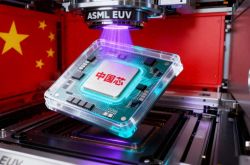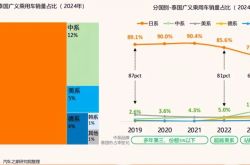Has Apple Blocked the Path for Domestic Brands to Make a Comeback with AI Smartphones?
![]() 10/10 2025
10/10 2025
![]() 516
516
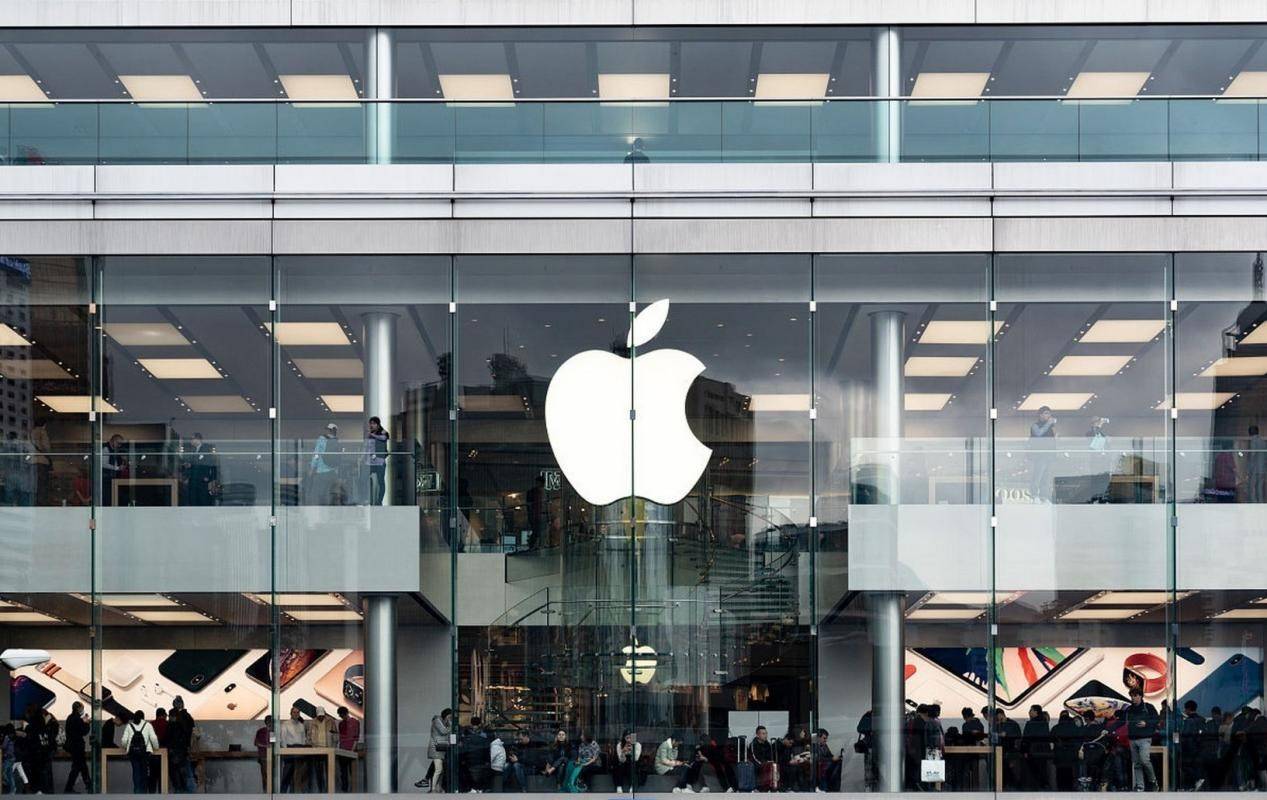
After many years, the Apple Store has once again witnessed long queues.
Last month, the iPhone17 series officially went on sale, with Apple Stores in Shanghai, Beijing, Nanjing, and other cities filling up with people early in the morning. Many consumers who secured the first batch of products online rushed to the stores to pick them up and experience the new devices firsthand. Numerous "scalpers" were seen carrying multiple Apple shopping bags, leaving with full loads.
The online sales were equally hot. According to pre-sale figures from e-commerce platforms, sales of the iPhone17 Pro series tripled compared to the previous generation. More impressively, the standard iPhone17 saw an approximately eightfold increase in sales compared to its predecessor.
Given the current consumer enthusiasm in China, barring any unexpected events, Apple is poised to reverse last year's sales slump and experience a long-awaited surge. However, this spells significant pressure for domestic smartphone brands.
Last year, brands like Huawei and Xiaomi performed well in the high-end market, boosting confidence in domestic smartphones' continued push into this segment. Especially with the integration of AI concepts into smart hardware, major smartphone manufacturers have been releasing flagship models that unanimously feature AI as a core selling point. Moreover, Apple's lag in AI capabilities further raised hopes among competitors.
However, Apple's current strategy of "more value, same price"—a tactic already overused by domestic manufacturers—has sparked an unprecedented market response, while the diverse range of AI smartphones has yet to make a significant impact.
Can Apple Dominate Without Relying on AI?
Prior to the iPhone17 series' release, Apple faced widespread skepticism and criticism, primarily due to its perceived lag in AI technology. As AI technology advanced rapidly in recent years, many predicted that AI-driven hardware would revolutionize the consumer electronics market. Apple's conservatism and hesitation in the AI realm were seen as likely to leave it behind the times. As foreign media put it, "the company is gradually resembling its former arch-rival, Microsoft."
Yet, at this year's Apple autumn event, AI was barely mentioned. Nevertheless, the iPhone17 successfully ignited the market and stimulated consumers' desire to upgrade, relying solely on substantial design improvements.
The sight of long queues outside Apple's retail stores evokes memories of the iPhone6 buying craze.
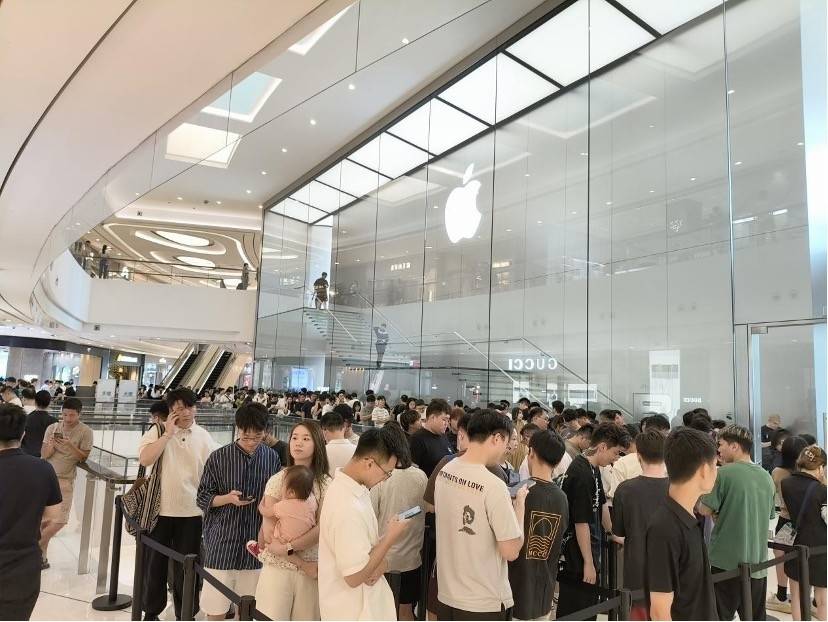
The key to the turnaround lies in the product. In terms of hardware adjustments for this generation's iPhone 17 series, Apple has, for the first time, delivered a solid upgrade to the base model iPhone 17, making it the biggest surprise. Firstly, all iPhone 17 models come standard with ProMotion adaptive refresh rate technology supporting up to 120Hz, and the minimum storage capacity has been increased to 256GB. Secondly, they feature the latest A19 chip and a screen identical to that of the Pro models, equipped with a dual-camera setup consisting of a 48-megapixel main camera and a 12-megapixel 2x telephoto lens, while the front camera has been upgraded to 18 megapixels.
Without a price increase, the base model iPhone 17 exudes exceptional sincerity. Similarly, the iPhone 17 Pro/Pro Max have also seen improvements, primarily focused on imaging capabilities. The new 48-megapixel telephoto sensor boasts a 56% larger size, marking Apple's most significant upgrade to telephoto lenses in recent years. Notably, the iPhone 17 Pro incorporates VC (Vapor Chamber) cooling technology, finally addressing heat dissipation issues.
By addressing shortcomings and implementing comprehensive upgrades, Apple's product strategy this year has taken a sharp turn. Instead of remaining aloof and self-absorbed, Apple has begun to compromise on user needs and market demands. Although this shift is unrelated to innovation, facts have proven that Apple's compromise is a shrewd move. By addressing shortcomings, Apple has effortlessly enabled consumers to perceive significant product changes, delivering a sense of surprise.
By abandoning the pursuit of AI and focusing on upgrades, Apple has garnered a strong market response. In contrast, the AI smartphones that were highly anticipated and competitively launched last year have failed to create a significant buzz in the consumer market or successfully convey their value to users. Most consumers have purchased flagship models from various brands that incorporate AI capabilities, rather than specifically seeking out AI smartphones.
Fundamentally, AI smartphones launched by domestic smartphone manufacturers have not addressed a core issue: Why should consumers pay a premium for AI?
At the application level, the most widespread use of AI smartphones remains voice assistants, which are limited in variety and lack blockbuster offerings. Moreover, AI hardware is not the only channel for consumers to access AI functions, as ordinary smartphones and PCs can also utilize AI through software and apps. At the pricing level, increased costs have driven up the prices of AI smartphones. Most AI smartphones are positioned in the high-end market, and some manufacturers have used AI as a gimmick to justify price hikes.
Given the inflated prices and lack of real appeal, it is unsurprising that consumers are not buying into AI smartphones.
Growth in the High-End Market Is Not Driven by AI Smartphones
Amidst sluggish or even declining growth in the overall smartphone market, the high-end segment has demonstrated stronger potential. According to the latest data released by market research firm CounterPoint Research, global sales of high-end smartphones (priced over $600, approximately RMB 4,277) increased by 8% year-on-year in the first half of 2025, reaching a record high and significantly outpacing the 4% growth in the overall smartphone market.
The data also reveals that devices with generative AI (GenAI) capabilities accounted for over 80% of high-end smartphone sales in the first half of 2025.
However, this does not imply that AI smartphones are driving growth in the high-end market.
Since there is currently no universally accepted definition of an AI smartphone, in a broad sense, any phone marketed with AI as a selling point and equipped with AI capabilities can be considered an AI smartphone, particularly high-end flagship models from manufacturers. Over the past year, flagship models from brands like Huawei and Xiaomi have indeed shown noticeable growth in the high-end market. However, it was not AI that prompted consumers to make purchases.

To put it bluntly, smartphone manufacturers' use of AI as a selling point has not only failed to make AI a compelling factor for consumers to upgrade their devices but has also triggered widespread skepticism among users. On social media platforms, comments such as "smartphones are just being renamed as AI terminals" and "most functions are achieved through software, and AI models are primarily cloud-based, so there's no need to switch devices" are not uncommon.
Furthermore, the usage of AI functions reveals that most users are unimpressed or even disappointed with the AI capabilities promoted by AI smartphones. For instance, AI image processing and real-time translation seem to be merely enhanced versions of existing photo editing apps and translation software. The speed and quality of document summarization and cross-app operations fall far short of what users can achieve manually. Even the most core feature, voice interaction, currently appears to be more of a technological gimmick than a practically valuable function. After initial exploration, users rarely continue to utilize these AI functions.
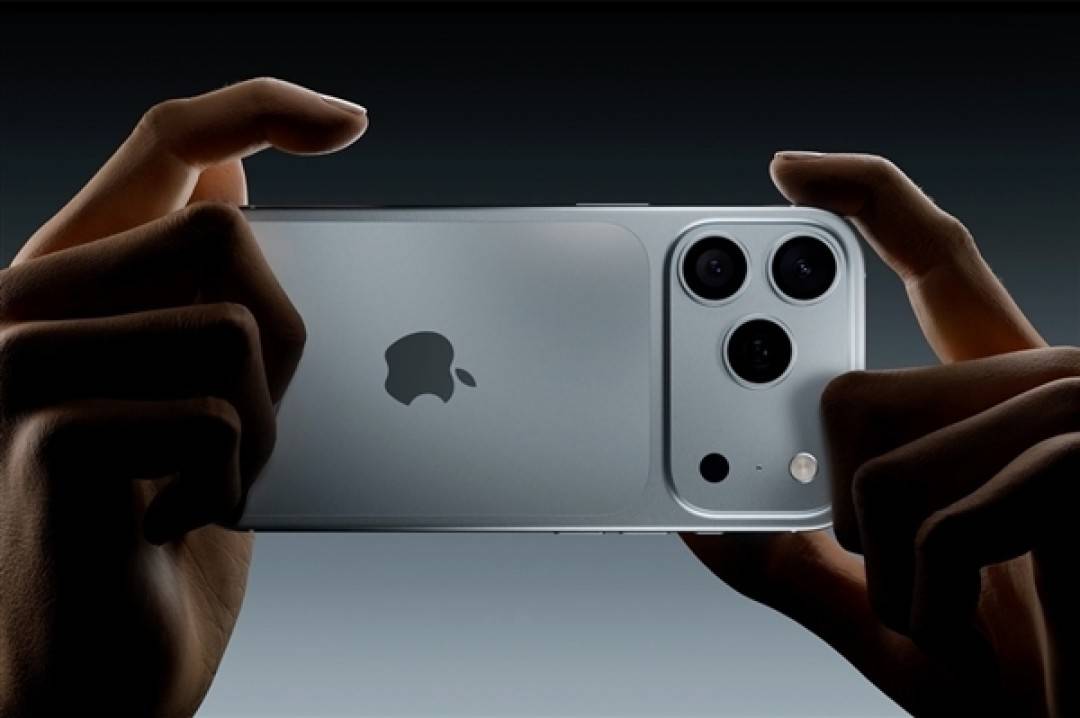
The predicament of AI smartphones is not unique to domestic manufacturers. Samsung and Apple have also invested considerable effort in AI upgrades, yet the market feedback has been equally unfavorable. Last year, a survey conducted by the US recycling company SellCell revealed consumers' true attitudes towards AI functions in smartphones. A staggering 73% of users who actually used Apple Intelligence reported that the experience improvement was not noticeable. Among Samsung smartphone users, an even higher 87% expressed dissatisfaction with AI functions.
Currently, it is evident that AI contributes little to the actual sales growth of smartphone manufacturers. Excessive promotion of AI as a selling point, while sometimes temporarily boosting sales slightly, struggles to sustain long-term growth. Especially in the high-end market, most consumers are unwilling to pay a premium for AI or to pay extra for AI functions.
The High-End Battle Ultimately Comes Down to Apple and Others
Last year, the landscape of China's high-end smartphone market underwent significant changes.
Since the introduction of its 5G Kirin chip, Huawei has swiftly regained market competitiveness, increasing its high-end market share from 20% in 2023 to 29% in 2024. Other domestic manufacturers, including Xiaomi, Vivo, and OPPO, collectively raised their high-end market share from 5% in 2020 to 15% in 2024. Among them, Xiaomi's achievements in the high-end market are widely recognized.
Conversely, Apple experienced a continuous decline in its domestic market share. In the fourth quarter of last year, Apple's shipments dropped by 18.2%, with its domestic market share shrinking from 20.2% to 17.1%. In the second quarter of this year, the market share further declined to 13.9%.
The return of Huawei and the rise of more domestic high-end smartphones have broken Apple's long-standing dominance in China's high-end smartphone market. This shift is closely tied to domestic smartphone manufacturers' proactive exploration of new smartphone forms. From foldable phones to AI smartphones, domestic manufacturers have been at the forefront of exploration and implementation, attempting to carve out new niches in the high-end market and achieve a reversal against Apple.
Especially with the advent of the "first year of AI smartphones," innovation in smartphones has gained new imagination through breakthroughs in AI technology. If domestic brands can secure an early foothold and establish technological barriers, they may not be far from achieving a breakthrough and surpassing Apple.
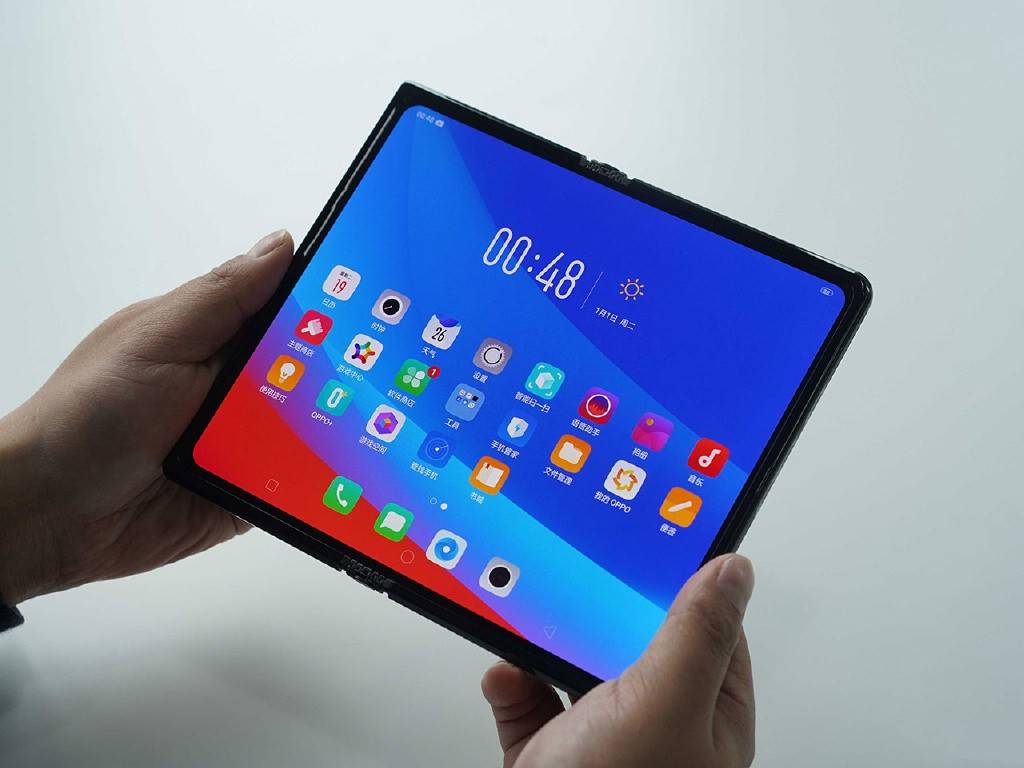
However, ideals are often more appealing than reality. Foldable phones, which initially seemed revolutionary by subvert (overturning) the traditional smartphone form, have seen relatively low penetration rates after several years of development. Both the global and domestic foldable phone markets are experiencing slowing growth rates. Ultimately, foldable phones merely alter screen forms without introducing truly disruptive innovations, leading to consumer aesthetic fatigue. While AI smartphones appear to offer disruptive innovation, these innovations currently remain confined to marketing.
Now, with Apple changing its strategy and rekindling consumer enthusiasm through performance enhancements, it demonstrates that competition in smartphones still revolves around core configurations such as screens, imaging, appearance, and chips. Other innovative changes, unless truly disruptive or significantly upgrading these configurations, may ultimately only serve as "icing on the cake."
Moreover, the market response triggered by the iPhone 17 once again confirms the unparalleled brand influence that other smartphone brands struggle to match in the high-end market. Features like 120Hz refresh rates, a minimum storage capacity of 256GB, and expanded battery life may not be remarkable when found in flagship models from domestic manufacturers. However, Apple's willingness to compromise and address shortcomings has prompted numerous consumers to pay for these surprises.
Against the backdrop of severe performance surplus , competition in the high-end market has long revolved around brand influence. Despite being criticized for lack of innovation in recent years, Apple remains the top consideration for consumers seeking high-end devices. Huawei's success in competing with Apple in the high-end market is not primarily due to product strength but largely attributed to the halo effect of technology, spirit, and national sentiment surrounding the brand, which has enhanced its influence in the Chinese market.
Of course, such brand influence is the result of multiple factors, including technology, perception, and time. Without its core advantages in software and hardware ecosystems, Apple might not easily sway high-end market consumers, even with enhanced configurations.
For domestic smartphone brands, unless a brand can create a truly widely recognized AI smartphone in the future and successfully define the concept of AI smartphones, it will be challenging to reshape their brand image or alter the competitive landscape of brand influence. In other words, in the global high-end market, Apple remains Apple, while brands like Huawei and Xiaomi are still categorized as "others."
With Apple's strategic shift, the pressure now falls on domestic smartphone brands, and the high-end market may enter a "difficult mode."
Dao Zong You Li, formerly known as Wai Dao Dao, is a new media outlet covering the internet and tech circles. This is an original article, and any form of reproduction without retaining the author's relevant information is strictly prohibited.





